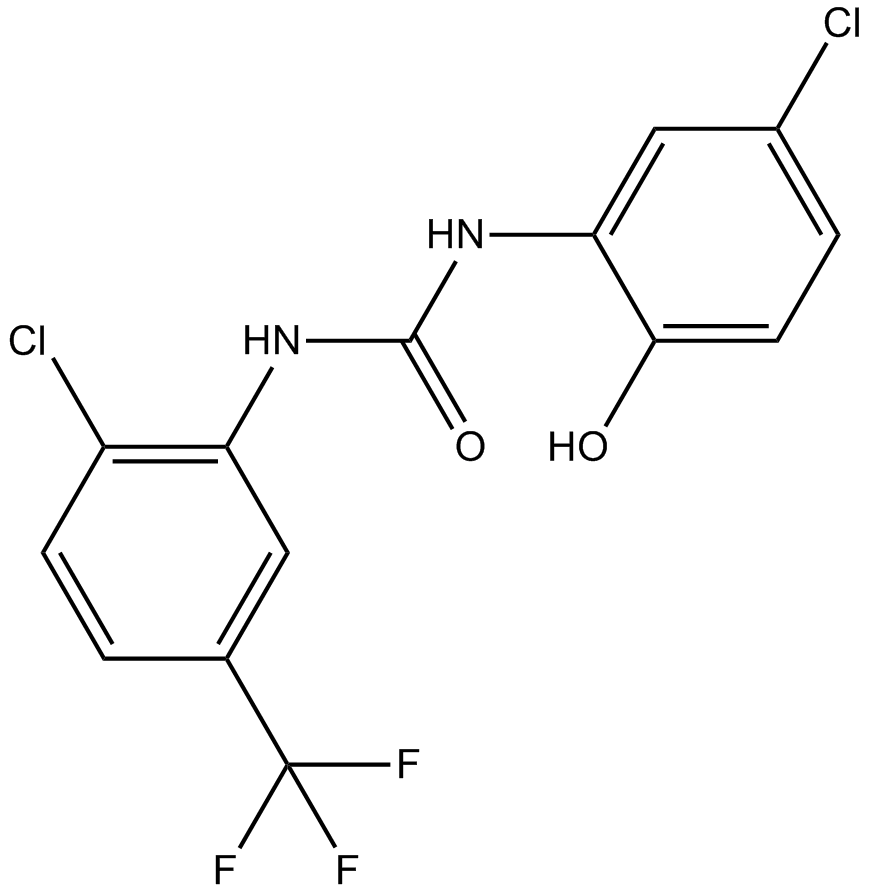NS 1738 (Synonyms: NSC 213859) |
| Catalog No.GC13064 |
positive allosteric modulator of α7 nicotinic acetylcholine receptor
Products are for research use only. Not for human use. We do not sell to patients.

Cas No.: 501684-93-1
Sample solution is provided at 25 µL, 10mM.
NS 1738 (NSC 213859) is a novel positive allosteric modulator of the α7 nAChR, with respect to positive modulation of α7 nAChR (EC50=3.4 μM in oocyte experiments).
NS 1738 acts by increasing the peak amplitude of acetylcholine (ACh)-evoked currents at all concentrations; thus, it increased the maximal efficacy of ACh. Plotting peak current amplitude against the logarithm of the NS 1738 concentration used for preincubation reveals a sigmoidal concentration-response relationship that is well fit by the Hill equation (EC50=3.4 μM). Under similar experimental conditions, NS 1738 shows comparable efficacy and potency at the rat α7 nAChR (EC50=3.9 μM)[1].
To estimate the ability of NS 1738 to permeate the blood-brain barrier, rats are administered 10 mg/kg NS 1738 intraperitoneally. Peak brain concentrations are measured approximately 30 min after injection, and they amount to ~80 ng/mL (~200 nM) at this dose. The ratio between the amount of compound entering the brain and that in plasma is AUCbrain /AUCplasma=0.50. The half-life in plasma is estimated to 42 min. Incubation of NS1738 with isolated liver microsomes in vitro indicates that approximately 60 and 75% of NS 1738 is metabolized via the cytochrome P450 system in mouse and rat, respectively, within 1 h. Adult rats administered NS 1738 at 10 and 30 mg/kg i.p. immediately following the initial exposure to a juvenile rat (T1) display significant decreases in the investigative duration of a subsequent exposure to the same juvenile (T2) 2 h later (T2/T1 ratio of 0.69±0.13 and 0.61±0.07, respectively)[1].
Reference:
[1]. Timmermann DB, et al. An allosteric modulator of the alpha7 nicotinic acetylcholine receptor possessing cognition-enhancing properties in vivo. J Pharmacol Exp Ther. 2007 Oct;323(1):294-307.
Average Rating: 5 (Based on Reviews and 32 reference(s) in Google Scholar.)
GLPBIO products are for RESEARCH USE ONLY. Please make sure your review or question is research based.
Required fields are marked with *




















